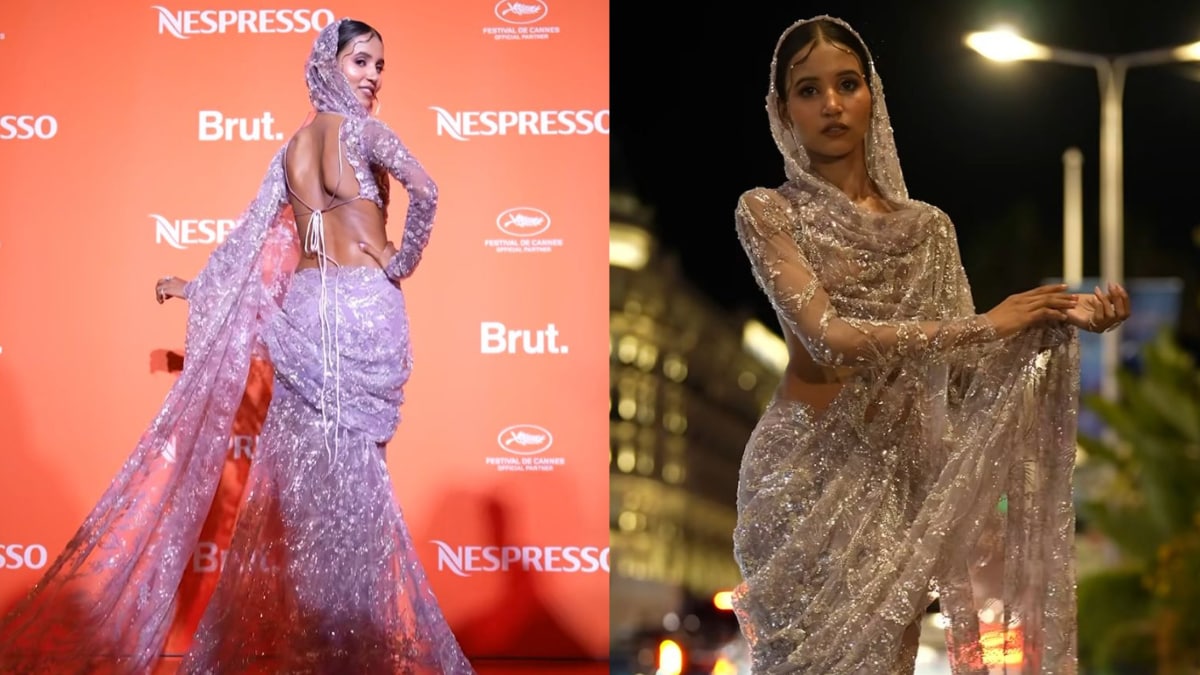50% of Indians Lead Sedentary Lives: A National Health Concern

A new study has shown a troubling statistic: almost half of people in India do not engage in physical activity. This concerning pattern presents major health dangers and obstacles for a country that is already facing numerous public health concerns. The absence of physical activity is becoming a pressing problem that requires immediate action and involvement from both the government and the public at large.
The extent of the lack of physical activity
Physical inactivity is described as failing to participate in sufficient exercise or physical activity to fulfill the basic health standards. The WHO suggests that adults engage in 150 minutes of moderate-intensity aerobic physical exercise or 75 minutes of vigorous-intensity exercise weekly. Nevertheless, numerous Indians do not meet this standard. The research emphasizes that almost 50% of people do not include enough physical activity in their daily routines, and this number is increasing rapidly.
Factors that contribute
Multiple elements play a role in the sedentary lifestyle commonly seen in India nowadays. Urbanization plays a major role, with an increasing number of individuals relocating to urban areas and embracing less active lifestyles. Moving from a rural to an urban area frequently leads to decreased physical activity because people rely more on cars, work in offices, and have fewer recreational areas available.
Cultural beliefs and a lack of understanding about the significance of physical exercise also play a role in the issue. In numerous localities, there is little focus on physical activity and sports, particularly for women and the elderly. This societal standard, combined with a lack of knowledge about the positive impacts of consistent exercise on health, maintains a pattern of sedentary behavior.
Dealing with the Problem
Dealing with the physical inactivity crisis in India demands a multifaceted strategy. It is crucial to promote public awareness through campaigns about the significance of regular physical exercise and its positive effects on health. Schools and communities need to encourage sports and recreation in children at a young age to develop healthy habits.
Urban planning and infrastructure development should give top priority to designing pedestrian-friendly spaces, parks, and recreational facilities in order to promote physical activity.
The revelation that nearly 50% of Indians are not physically active is a wake-up call for the nation. To mitigate the health risks associated with physical inactivity, a concerted effort is required from all sectors of society. By fostering a culture of physical activity and implementing supportive policies and infrastructure, India can hope to reverse this trend and improve the overall health and well-being of its population.
What's Your Reaction?

























:max_bytes(150000):strip_icc()/GettyImages-80487462-59833fb6d088c000112fcc2c.jpg)





/https://tf-cmsv2-smithsonianmag-media.s3.amazonaws.com/filer/b6/30/b630b48b-7344-4661-9264-186b70531bdc/istock-478831658.jpg)






)


























:max_bytes(150000):strip_icc()/GettyImages-173607153-3eb9caf873014f9ab2e3c11cf071d2c9.jpg)


















)



